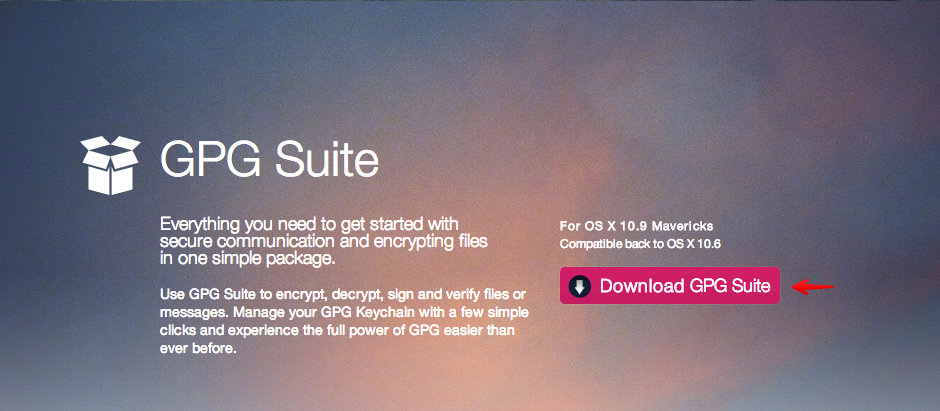

The command is like the one before with some adjustments. If you just want to check if it’s installed, type this: If not, you can install it with the command: If you’re using Linux, gpg should already be installed. The first thing you’ll need to do is download the gpg software. Send me a message encrypted with my public key, and I will reply encrypting with your public key.Upload your public key’s fingerprint to your online profile, e.g., Twitter or Keybase.Upload your PUBLIC key to a keyserver and/or your website.Upload your private key to your other computer's’ keychain.In this guide, I’ll take you through the following steps: Instead, there are “signatures” made with private keys, which can be “verified” by anyone using public keys. Anyone can write a message and encrypt that message with your PUBLIC key (i.e., put it in your safe and lock the door shut) - only you have the private key and, therefore, only you can open your safe (i.e., decrypt and read the message).Ī side note: Don’t worry about this for now - just note that, in Bitcoin, there is no “encryption” going on with payments. Think of the public key like an open safe. The public key is shared with the world (like a Bitcoin address) and contains your ID (email and name) which you publish online. To make a public and private key pair, your computer generates a very large (“unguessable”) random number from which the gpg software will create for us a private key, and from that, a public key is created (just like Bitcoin private keys, more info here). It’s of interest to note that public and private key cryptography is not only used for encryption and decryption, but also used for the verification of digital signatures - used in Bitcoin transactions and also data in general (e.g., checking if the software you downloaded is genuine and not tampered with, as shown in the first video here). This is a little more background about gpg (including pgp) for those who wish to dig deeper. I’ll take you through it step by step, just follow along and bookmark this article for future reference. It’s more tricky at first to DIY, but once you get the hang of it, it’s not that hard. This article will show you how to send messages using free open-source software, GNU Privacy Guard (gpg), which allows encryption and decryption using public and private key cryptography. For example, freely available methods with end-to-end encryption like Telegram (not with its default option) and Signal and others are easy to use, but I don’t completely trust them. Message privacy, increasingly important to Bitcoiners, can be achieved with public and private key cryptography.Īs a Bitcoiner, you’re going to need a secure way to communicate privately, without relying on a company to encrypt your data for you.


 0 kommentar(er)
0 kommentar(er)
